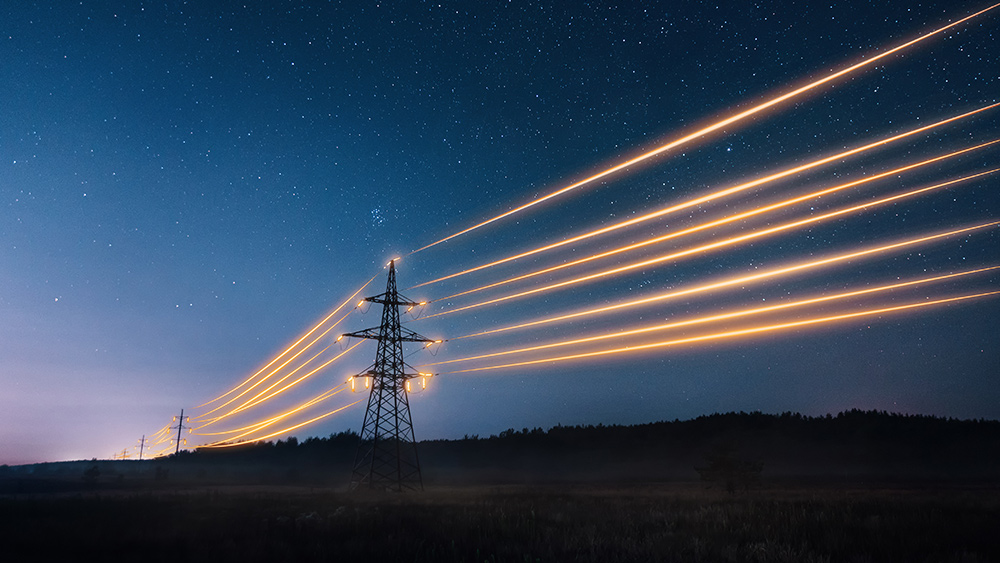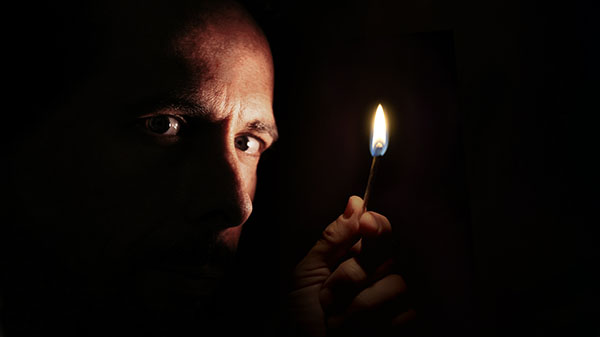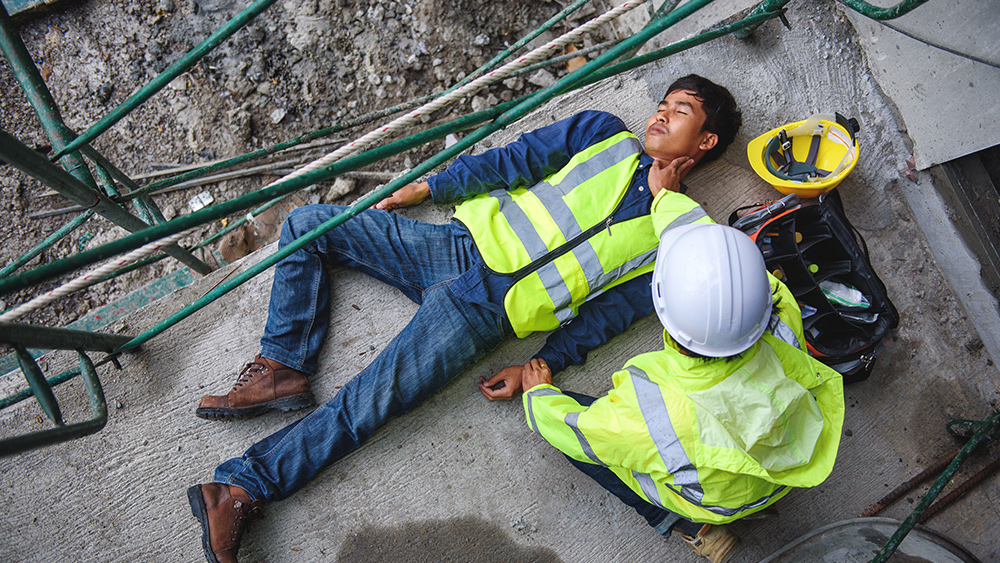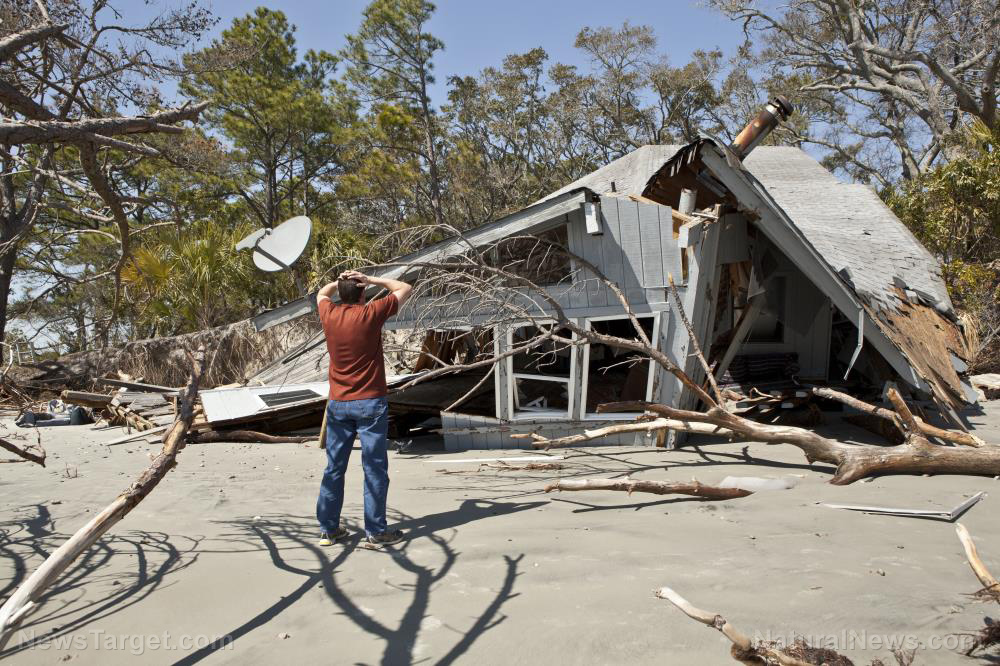Big things come in small packages: Microgrids can help keep the power on when SHTF
08/15/2023 / By Olivia Cook

Microgrids are small, self-sustaining local power systems that provide big benefits to the communities they serve. They can be operated independently of the main (and generally much bigger) electricity grid in an area.
Microgrids can be used to power a single building, like a hospital or police station, or a collection of buildings, like an industrial park, university campus, military base or neighborhood.
Groups of microgrids that are linked together can also power bigger areas, like towns or cities.
Microgrids improve reliability
When storms or power outages shut down the main electricity grid in an area, large numbers of homes, businesses and critical services are affected.
This is because traditional electricity grids can cover whole countries or continents. For example, in the U.S., the power grid connects 145 million customers and 7,300 power plants with around 160,000 miles of high-voltage power lines.
Microgrids keep the power flowing by disconnecting – or islanding – from the central grid when it begins to fail.
Electric reliability from microgrids has gotten the most attention since 2012 when Superstorm Sandy knocked out power to about eight million electric customers in 15 states and the District of Columbia.
Some outages lasted two weeks or more. People suffering in the darkness noticed that neighboring buildings with microgrids still had their lights on.
Microgrids improve recovery time in case of a power outage
Microgrids also help improve the ability to recover quickly if a power outage occurs.
In some cases, a microgrid immediately restores power to an entire building or operation. In other cases, a microgrid is programmed to restore only critical services within a facility.
A college campus, for example, might configure its microgrid to restore power in labs and dining halls, but not in swimming pools or peripheral academic offices.
With critical operations up and running, the university can maintain a minimal and crucial level of service. Once the central grid is repaired, the facility can resume normal operations more quickly because it did not have to shut down completely. (Related: “Wearable microgrid” uses energy from the human body to power small gadgets.)
Other benefits of microgrids
Microgrids can also provide power in remote places that have no access to electricity.
Off-grid solutions like microgrids are the most affordable way to get people connected to electricity in developing countries, according to the International Energy Agency (IEA). It said around 770 million people, mostly in Africa and Asia, live without access to electricity.
Decentralized solutions, including mini-grid and stand-alone systems, are the “least costly way to provide power for half of those seeking access,” the IEA noted.
Places that have microgrids
There are around 4,500 microgrid projects around the world, according to a 2019 report from Navigant Research. Asia Pacific has the world’s biggest microgrid capacity, followed by North America, the Middle East and Africa.
In the U.S., there are 160 microgrids based in seven states, including Alaska, California, New York and Texas, according to the Center for Climate and Energy Solutions.
India also has 160 microgrid solutions across four states, according to Hive Power, a Swiss smart grid specialist.
In Australia, a town called Heyfield with 2,000 inhabitants in the state of Victoria hopes to develop a microgrid model that can be rolled out to other “edge-of-grid” towns around Australia.
In Africa, a company called OffGridBox is using boxes made from sections of shipping containers to help provide power in remote areas.
In California, a jail with up to 4,000 inmates, Santa Rita Jail, has its own microgrid running on renewable energy sources including wind turbines, solar panels and a fuel cell that uses waste heat to help provide hot water. The jail started developing its microgrid after California’s 2001 energy crisis, when electricity prices soared and supply shortages led to power cuts.
One project, a microgrid described as the world’s most advanced at the University of California San Diego, powers a 1,200-acre campus with 450 buildings and supports around 45,000 students and educators.
Visit PowerGrid.news for more stories like this.
Watch this video about giving power to the people with minigrids.
This video is from the Daily Videos channel on Brighteon.com.
More related stories:
Oracle exec built his own microgrid to escape America’s unreliable.
Long-term power grid failures coming to America… do you have the tools to survive?
Sources include:
Submit a correction >>
Tagged Under:
Collapse, disaster, electricity, energy supply, homesteading, microgrid, off grid, power, power grid, Power Outage, preparedness, prepper, prepping, SHTF, solar panels, survival, Wind Turbines
This article may contain statements that reflect the opinion of the author
RECENT NEWS & ARTICLES
COPYRIGHT © 2017 PREPAREDNESS NEWS



















